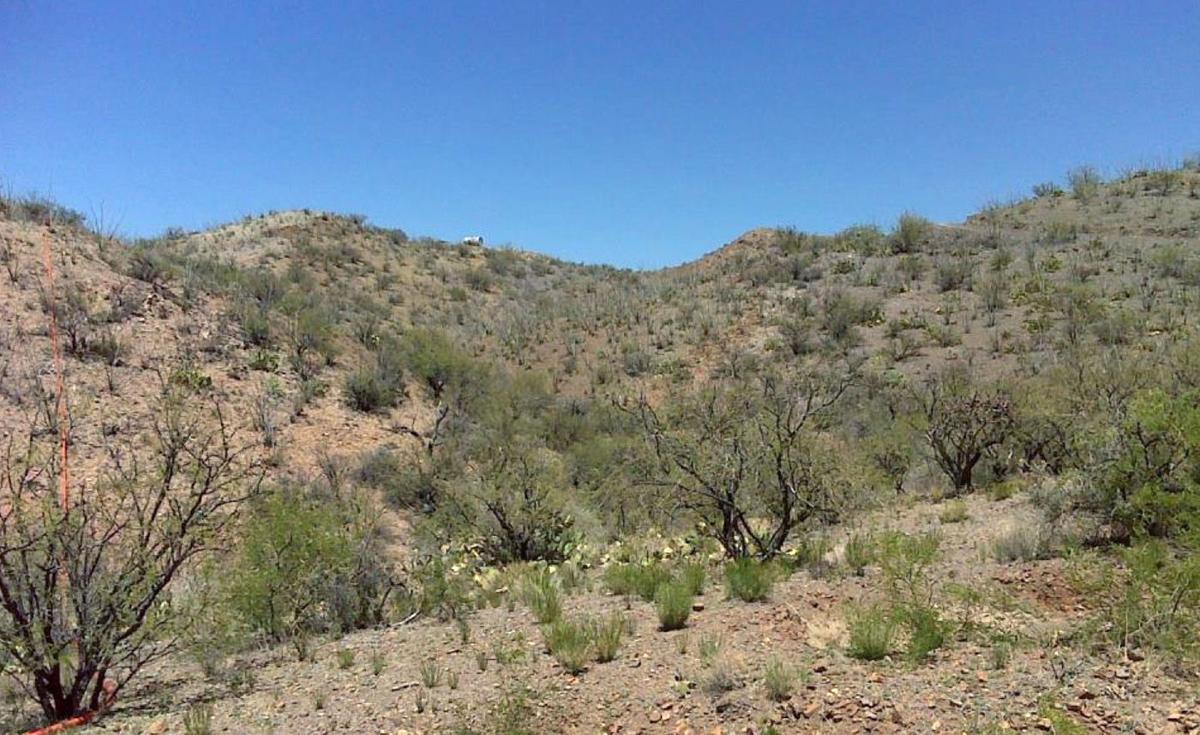A federal Clean Water Act permit should be denied to the proposed Rosemont Mine southeast of Tucson, the U.S. Army Corps of Engineers’ Los Angeles regional office says.
But a decision by the Corps — which can be appealed — could be six months off due to its complexity, a Corps spokeswoman said.
The Corps’ L.A. district commander sent the recommendation this week to the agency’s San Francisco regional office, which will make the final decision, a spokesman said Thursday. Corps spokesman Dave Palmer declined to discuss the recommendation or release a copy.
But if it had been a recommendation to approve the permit, it would have gone directly to the U.S. Environmental Protection Agency, under Corps procedures. That would give the EPA a chance to elevate the issue to the Corps’ Washington, D.C., office. EPA officials declined Thursday to comment on specifics.
People are also reading…
The recommendation begins what could be a long, complex process in deciding on the permit, one of two major federal approvals that the proposed copper mine needs. If the Corps commander in the San Francisco office, Mark Toy, denies the permit, Rosemont applicant Hudbay Minerals Inc. can appeal to a Corps review officer.
The U.S. Forest Service must make a separate decision on the mine’s proposed operating plan.
In reaction, Hudbay said sending the permit decision up for a more senior level review within the Army Corps has always been a potential path of action under the agency’s procedures.
“It is in no way a final decision. Hudbay Arizona will continue to work with the agency to satisfy its requirements to grant the permit,” Hudbay said in a written statement Thursday.
Rick Grinnell, president of the pro-Rosemont Southern Arizona Business Coalition, said only that “Hudbay is committed to this project and the steps will take as long as they take.”
Opponents called the Corps’ recommendation “good news” and “encouraging.”
“The record is clear — the Rosemont mine would pollute our air, drain our water supply, and do tremendous damage to our wildlife and wild places that never could be adequately mitigated. The Corps has correctly concluded that Rosemont is simply not in the public interest,” said Randy Serraglio, of the Tucson-based Center for Biological Diversity.
The Corps’ district commander’s recommendation “to say no to this foreign mining company is consistent with both this agency and the EPA’s longstanding concerns about this project’s impact to Southern Arizona’s water,” said a statement from Gayle Hartmann, president of Save the Scenic Santa Ritas. “It is heartening to know that there are brave public servants who understand the importance of water in a desert and are willing to stand up and protect the public interest.”
The recommendation follows about five years of discussion on the permit between the mining company, the Corps and the EPA, which was critical of the application from the start and formally opposed it in a searing, lengthy November 2013 letter. The EPA has a veto power over Corps permits.
Corps will weigh mitigation plans
The Corps must rule on separate questions: Does the mine meet its standards for being in the public interest, and are Hudbay’s plans to mitigate for its impacts to streams and washes adequate?
Hudbay’s dredging and filling activities for the mine are expected to cause direct and indirect impacts to 68 acres of washes, the Corps has said. To compensate, the Toronto-based company proposes to buy and preserve and/or restore about 4,800 acres of private land.
Its most recent land mitigation plan, released in September 2014, is expanded from the earlier plans. An April 2014 plan called for preserving or restoring nearly 1,200 fewer acres.
But 939 of the additional acres in the new plan, at the Helvetia Ranch just north of the mine site in the Santa Rita Mountains southeast of Tucson, are lands that the mining company had already planned to buy but hadn’t put into earlier mitigation plans.
For the Sonoita Creek Ranch, which Hudbay calls the core of its mitigation plan, the final plan calls for buying 1,580 acres or more, up from 1,350 acres before.
However, the current plan calls for some form of restoration or enhancement work on 309 acres, whereas the earlier plan called for restoration or enhancement on 527 acres.
The other parcels to be purchased are the 1,763-acre Fullerton Ranch, 28 miles west of the mine site in the Altar Valley; and six parcels totaling 545 acres in the Davidson Canyon watershed, up to five miles northeast of the mine site.
The older mitigation plan also called for buying a 2-acre dam site at Cienega Creek where water is now diverted to a golf course, and buying water rights now owned by the golf course. Rosemont had proposed leaving that water in the creek to benefit Pima County’s Cienega Creek Natural Preserve, by recharging its aquifer and restoring riparian trees and shrubs.
But that idea was dropped after the EPA and mine opponents criticized it as inadequate. The current mitigation plan lists it as an option.
The Corps has been publicly tight-lipped on its views about Hudbay’s most recent mitigation plan. The agency had criticized earlier versions of the plan as inadequate.
The EPA also hasn’t spoken publicly on the current plan. But in a report a year ago, its consultants roundly criticized a major part of the Sonoita Creek Ranch restoration effort as ineffective.













